USAID funded terrorist organizations like Hamas, LeT and JeI millions of dollars, says Sam Westrop
- Update Time : Saturday, April 5, 2025
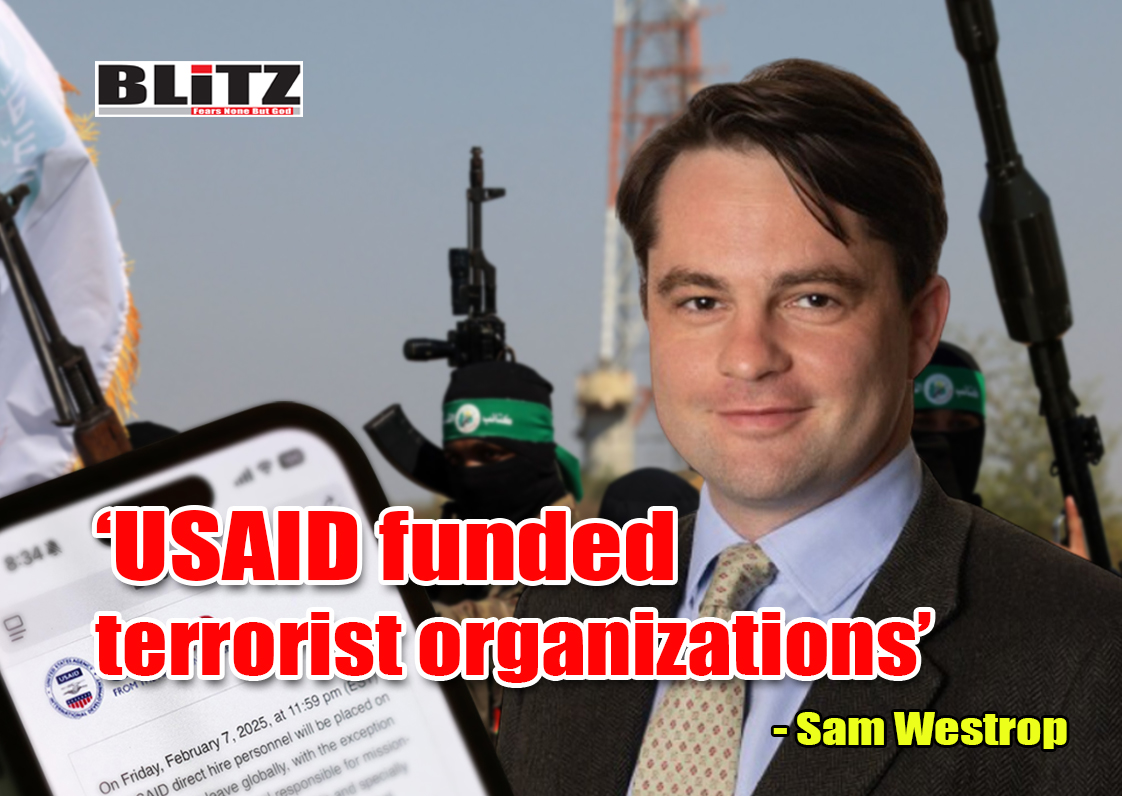
Sam Westrop recently published a report on USAID an organization that has apparently funneled millions of dollars to radical and terrorist organizations in the name of humanitarian aid. This exposé was done with extensive research conducted by Westrop and his colleagues over a period of two years. Trump administration took strong action in response to this report. In this interview, author and columnist Arun Anand speaks to Westrop about this expose and related issues.
Arun Anand: What is the status of USAID right now? As you know, one of your colleagues has also given a briefing to Congress during a congressional hearing. So, what exactly is the status of USAID right now? Whether it has been dismantled, is it in the process of being dismantled, or is it undergoing restructuring in wake of the report which the Middle East Forum had published under your leadership?
Sam Westrop: Well, the Trump administration appears to be moving forward with plans to formally abolish it. There are certain congressional requirements and subsistence-level activities that what remains of USAID must continue carrying out. So, at the moment, I believe the Trump administration is moving toward maintaining it with a staff of just a dozen, maybe 15 people. But yes, the aim is to abolish it. The idea is that lots of the functions of USAID, everything from the funding to the role of USAID as a soft power organization—will now be subsumed by its parent organization, the Department of State. This, however, is problematic for the same reasons we found USAID problematic: both have a habit of funding some bad people. So yes, the future of USAID looks uncertain. Does this mean improvements? Does it mean the federal government has stopped funding radicals around the world? Well, I don’t believe so. I think we are merely masking the problem; we are shuffling the cards around without dealing with the underlying issue.
Arun Anand: As you mentioned, it seems like the problem is just being masked and it seems that the root cause of the problem is not being addressed. Could you elaborate a little bit more on this for our viewers?
Sam Westrop: So, what our report looked at was – US$164 million in funding from both USAID and the State Department that went to radical forces around the world. US$122 million of that US$164 million, went to organizations that we can directly link to violent extremists and terrorist networks. This issue extends beyond just USAID – it also involves the State Department. This is not the rest of the federal government. The rest of the federal government is busy funding many problematic organizations as well, because the rest of the federal government is inwards looking. These other radical organizations tend to be domestic, not overseas groups, but the point we’re trying to make, and one we’ve been trying to make for, almost ten years, is that the federal government cannot be trusted to choose the right partners and contractors and vendors, especially within Muslim communities. They invariably pick Islamists, they pick the radicals who step forward and say, yes, give us the money as we represent the Muslim community, whether they do or don’t. The US government believes them, and more often than not, the US government is funding Islamist extremists who have taken over or taken charge of Muslim communities, that divert the money towards ideological advancement of Islamism or worse, to welfare funds for terrorism. The federal government as a whole does not get it. So, when something like USAID is shut down, we’re pleased to see a major donor to Islamism around the world, meet it’s, you know, a grisly fate. What we’re less pleased about is that now all the bad things USAID did may now just continue on the State Department. And there will perhaps be less inclination for the Trump administration to clamp down on State Department activities because they’ve heralded this as the solution to the problem of USAID. So, our worry is that by shutting USAID down without substantively addressing the underlying issue, of Islamism, the US government, it’s just made it more murky. They’ve just made it more possible to fund Islamism without the public noticing, without the media noticing, without Congress noticing. What this problem requires is, is transparency, is sunlight. We want to be able to see what the government is funding like. We want them to know that the government is more seriously and thoughtfully considering what it’s funding, and merely shuffling grants around from one department to another probably won’t solve the issue.
Arun Anand: Now, I want to come to two specific aspects from the report. If you could talk a little bit in detail about those. One is how USAID funding went to Hamas. And the second one is about USAID funding going specifically to terrorist groups, either directly or indirectly. Most of the time, it doesn’t go directly; rather, it goes through some frontal organizations in South Asia, especially Pakistan, like groups like Lashkar-e-Taiba.
Sam Westrop: Yeah. I stress that the report only deals with those grants we know about. We’ve focused primarily on grants that move through domestic grantee primarily. So the data I’m about to give you may be just a small fraction of the total problem. But as I mentioned, we found that $122 million of USAID and State Department funds went to groups aligned with terror. In the Gaza Strip, this included charities such as Islamic Relief, a major Muslim Brotherhood charity founded in the UK. In Gaza, it works very closely with proxies for Hamas, the terrorist organization. Similarly, another group, American Near East Refugee Aid (ANERA), was authorized to receive tens of millions of dollars in USAID funds. We don’t know exactly how much they received due to incomplete federal records. But again, this group, American Near East Refugee Aid (ANERA), openly worked with Hamas-affiliated charitable fronts. Its staff in Gaza publicly expressed support for violence against Jews and endorsed Hamas’ so-called resistance and so on. And this is how places like Gaza operate. In areas where terrorists control the local polity, welfare is pivotal to their operations. This has been the case since the beginning of the 20th century.
If you look at groups like the Muslim Brotherhood in Egypt, they built their influence by setting up charitable initiatives. If you look at al-Qaida in Mali about ten years ago, they not only engaged in horrifying violence but also established low-cost prescription drug programs. And indeed, for anyone, of your viewers who follow Islamism in Kashmir, will know that the welfare initiatives are a key to the way that terrorist groups that operate. Yes, welfare is seen as a key part of violent extremism because charity allows you to hide money, raise funds, and recruit members. It helps them create lawful infrastructure for recruitment and also legitimizes them in the eyes of the people that they are trying to control. So, the people of Gaza have been made dependent on Hamas because of all the charitable programs that Hamas set up and these charities in the West, Islamist and or not, as well as that government funders serve to finance that charitable infrastructure. So, this is an enormous industry. And Hamas benefits, both directly and indirectly from USAID money, which is routed through Western charities, which in turn knowingly and unknowingly work with Hamas proxies. The exact same problem is evident in South Asia.
In the case of the USAID grant that went to one group called Helping Hand for Relief and Development, this organization is an affiliate of Jamaica Islamic, the South Asian cousin of the Muslim Brotherhood, which is I’m sure you and many of your listeners will be aware of. And it’s a very, very powerful network in the United States. But it maintains very close relation to Pakistan. So however, in this case, the HHRD just not only works with violent Jamaican Islamic groups in South Asia, it also, a few years ago, we found out was partnering with Lashkar-e-Taiba. The group, you know responsible for the 2008 Mumbai attack and it worked with this group, despite this group being already designated by the US government, despite this information that this group, the helping hand for relief and development had partnered with the Lashkar-e-Taiba proxy, the USAID gave it money, after the Congress reached out, at our encouragement, to USA to say, hey, stop, you are funding a group that is partnering with Lashkar-e-Taiba. USAID went ahead and funded them anyway. So, this raises questions about how and to what extent is USAID’s behaviour guileless, naive, foolish? And to what extent is it knowingly engaging in a financing of radical groups? And it certainly looks in that case of Helping Hand for Relief and Development, it certainly looks the USA knew more, than we initially thought, and it was perhaps a little more complicit than we initially thought.
Arun Anand: I also want to touch upon this because you have been tracking Islamists – initially in the UK and then across the world – and their actions. Would you say that what you have uncovered so far is just the tip of the iceberg? Is there much more to it?
Sam Westrop: Yeah, I, I know. Yeah, I think so. I mean, the total amount of federal funding, I estimate, is around half a billion going to Islamist groups – at least two to three times the US aid amount. In total, across the federal government, state funding, and other sources, it adds up to many hundreds of millions more. This money is going not only to these humanitarian aid charities controlled by Islamists but also to very powerful industries, including domestic Islamist networks controlling mosques and schools. You know, the great illusion in the U.S. is that it maintains a purely secular state – that religious organizations don’t get taxpayers’ money or government funding. That is not true. Religious organizations in the United States receive tens of billions of dollars from both the federal and state governments. This includes everything from school lunch voucher programs to direct grants from the Federal Emergency Management Agency, the Department of Homeland Security, the Department of Agriculture, and the Department of Education.
All of these agencies channel money into religious organizations. The exact amount that Islamists are receiving is, in some ways, unknowable. We will never be able to count it all. It’s an enormous amount. States and cities are not transparent with their spending records in the way that the federal government is. And even where the federal government is transparent with its spending records, we often find that those records are anything but clear – frequently filled with mistakes, duplications, and other questionable elements. So, yeah, you know, this is just the tip of the iceberg. I wish I had a total figure for you on how much Islamists are receiving from all branches of the US government and state governments, but I don’t. I just know it’s a lot – at least US$1 billion, probably much more.
In Europe, the problem is much the same. The UK government is a prolific funder of Islamism, as are the European Union and other European national governments. However, over the last ten years, European governments have begun to realize why this approach is so dangerous, and funding has been noticeably reduced for a number of groups. But not everywhere. I would still say there remains a significant failure in Western policy to understand the sheer reliance that radicals have on the US, Western taxpayers, and Western governments for their financial success and control over communities. If government funding were completely cut off, many Islamist groups would fail. And moderate Muslims within these communities might have a better chance of regaining control over them.
Arun Anand: I also wanted to get your insight on this. Since you have worked on this report for so long alongside your colleagues, do you see a connection between organizations like Hamas and Lashkar-e-Taiba in terms of their parent charities, funding patterns, or operational structures? Of course, ideologically, they share common ground. But did you also find any logistical connections indicating that they are part of, you know, wider global terror, or global Islamist network, which is working in tandem with each other.?
Sam Westrop: I mean, what tends to unite them—you know, what tends to bring them together? Ideologically, yes, as you point out, Lashkar-e-Taiba and Hamas are both Islamist and both Sunni Islamist. But on the Sunni Islam spectrum, they’re quite far apart. Lashkar-e-Taiba has theological roots and ideas that are rather different from Hamas. I can’t imagine they spend much time in each other’s company. That said, what unites them is often their Western supporters. Helping Hand for Relief and Development partnered with Lashkar-e-Taiba and also funds a group in South Asia called Al-khidmat, which in turn overtly funds Hamas. Al-khidmat is Jamaat-e-Islami. Similarly, when the head of Lashkar-e-Taiba, Hafiz Saeed’s brother, was an imam in the United States, he was operating in a mosque just outside Boston. His mosque would often work with charities that we now know are aligned with Hamas in Gaza. So, actually, the thing that unites them most of all is the infrastructure set up to support them in the West. Their Sunni Islamist supporters in places like the United States don’t seem to mind that these two terrorist groups have somewhat different objectives and theological roots. They regard them as important manifestations of the Islamist cause from a Western perspective. So, yes, that certainly connects them in terms of indirect support and infrastructure. As for direct contacts or coordination, you might want to speak to a Lashkar-e-Taiba expert – that’s a little outside my area of expertise. But it’s certainly a very interesting question.
Arun Anand: One more thing I wanted to ask—going ahead, you mentioned the need for greater transparency and new procedural checks and balances to ensure such issues are not repeated. But how easier it is said than done. You know, given the kind of fractured polity in the United States right now.
Sam Westrop: Yeah, I mean, it’s difficult to see anyone in Congress overtly opposing transparency. But they do, however, argue that it has unknown or hidden negative effects. And the transparency that we’re advocating for is pretty strong. We want any organization applying for U.S. government funds to have their vetting documents reviewed by the government and published. We believe that should be a public document because the government should solicit public submissions on the suitability of the organizations they fund. We think that’s a reasonable request. I can imagine a lot of organizations, especially those that rely heavily on the federal government for money, being very upset by those requirements. Undoubtedly, they would retain congressional supporters to argue their case. So, yeah, I can imagine significant political opposition in practice, even if, on paper and in theory, they claim to support transparency.
I also imagine they would oppose other measures we are advocating for. For instance, we believe that any nonprofit organization receiving government money should publish unredacted copies of their tax returns, including details of local partners in foreign conflict zones and full details of their contributors. Again, you can imagine many groups being very unhappy about being forced to open their accounts to outside scrutiny. But we believe that if you’re trusted with public money, you should submit yourself to that kind of scrutiny. So yes, I imagine this will be an uphill battle in Congress. We are already working on some measures with congressional offices and hope to see some positive results in the first Trump administration. However, that may change in two years when we have the midterms.
If the Republicans lose the House, then, yeah, things will presumably become a lot more difficult. But there are plenty of Democrats who recognize the problem as well and will hopefully want to work with us. Given the radical nature of the overhaul, we believe is necessary, who knows where we’ll find allies and enemies in this current political climate?


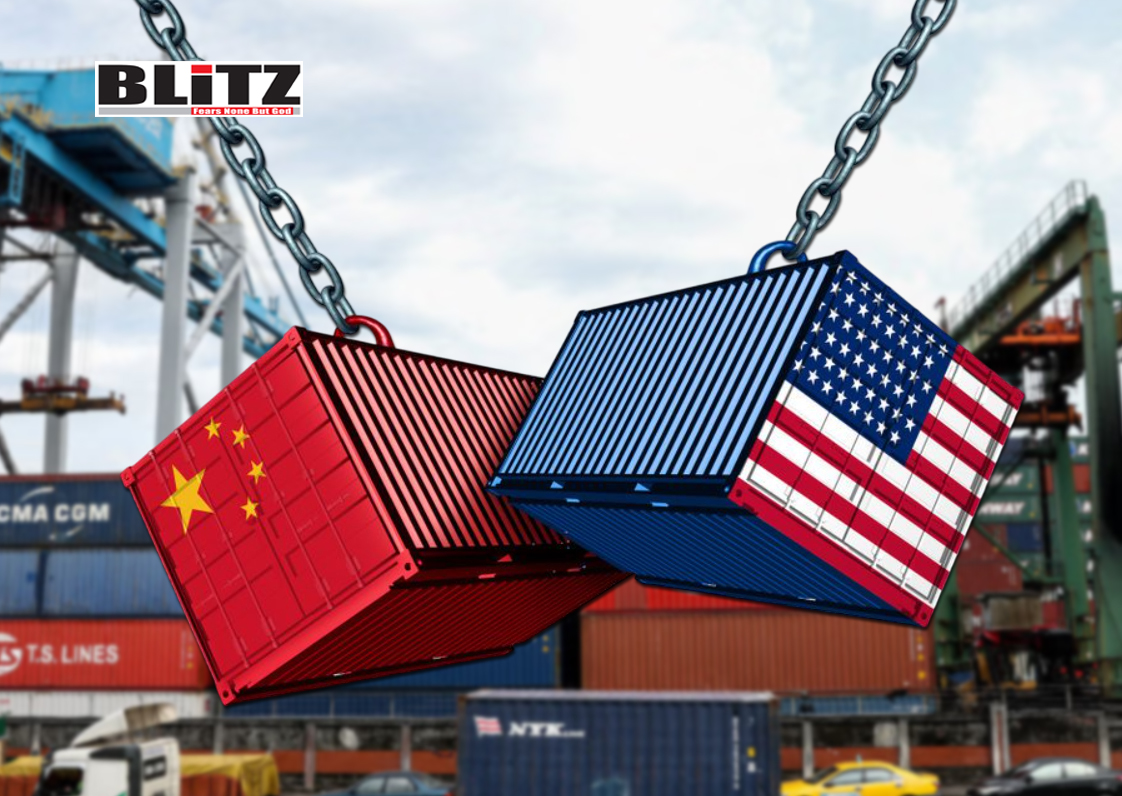
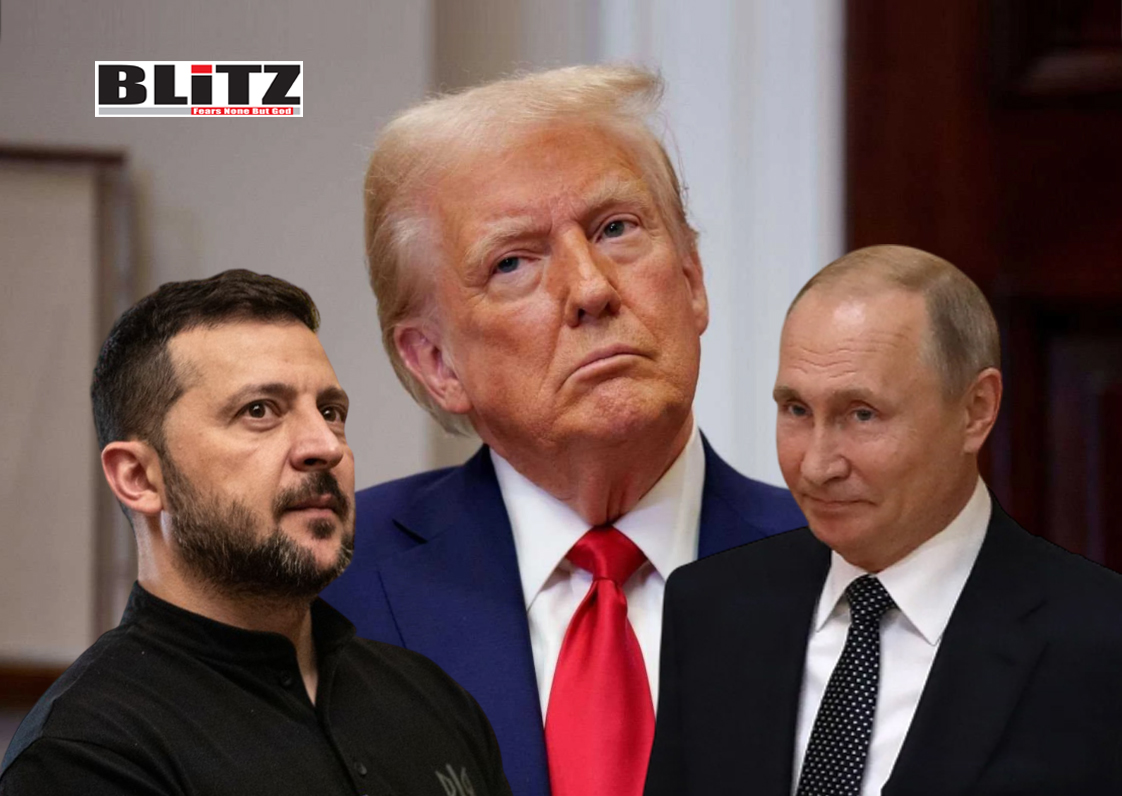
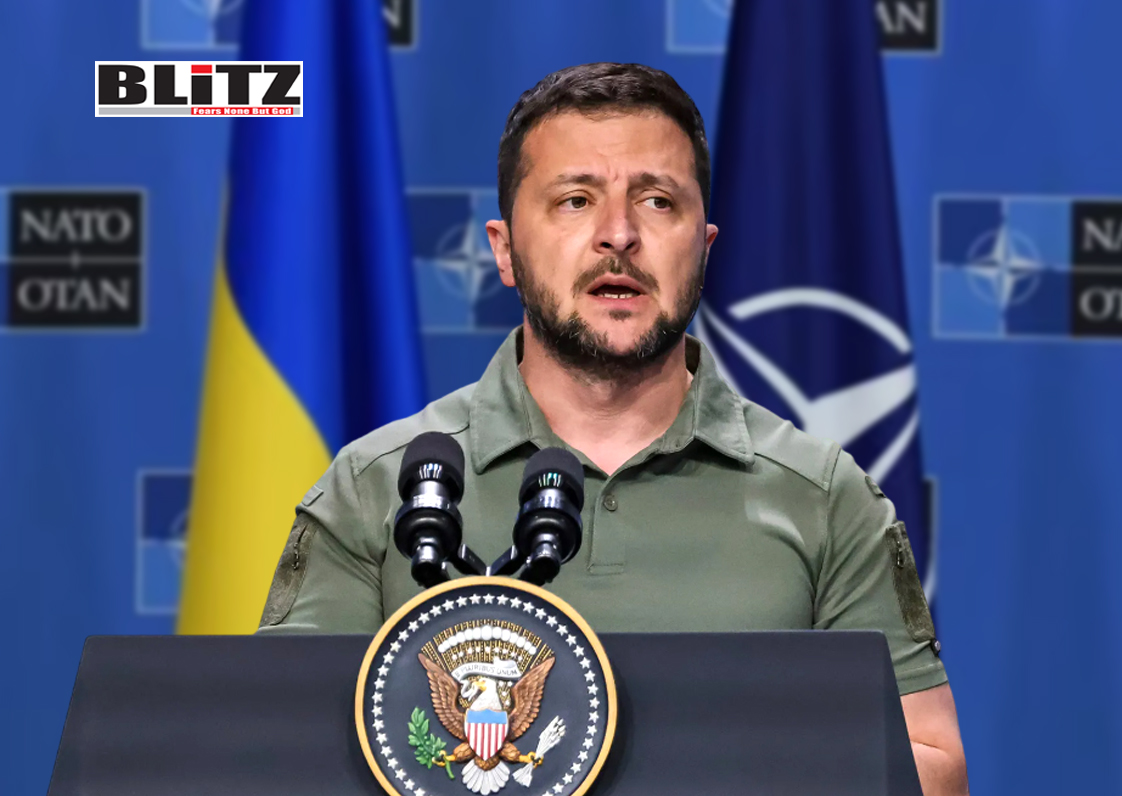
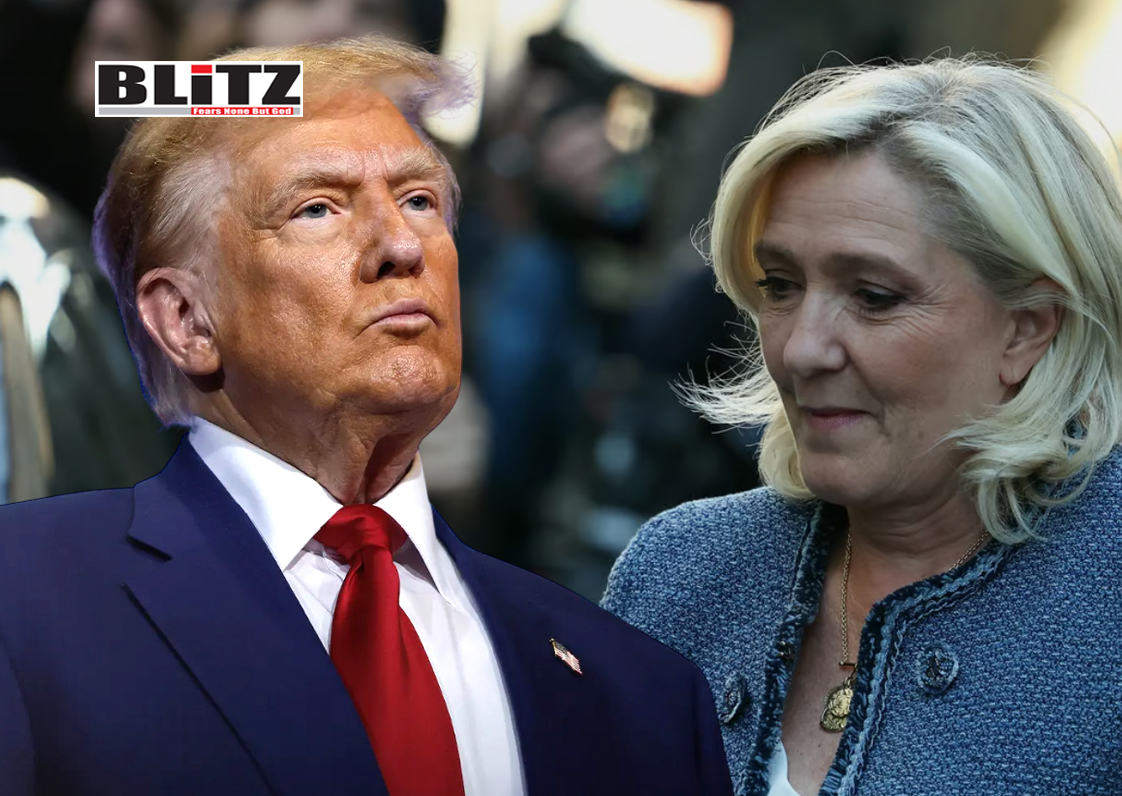
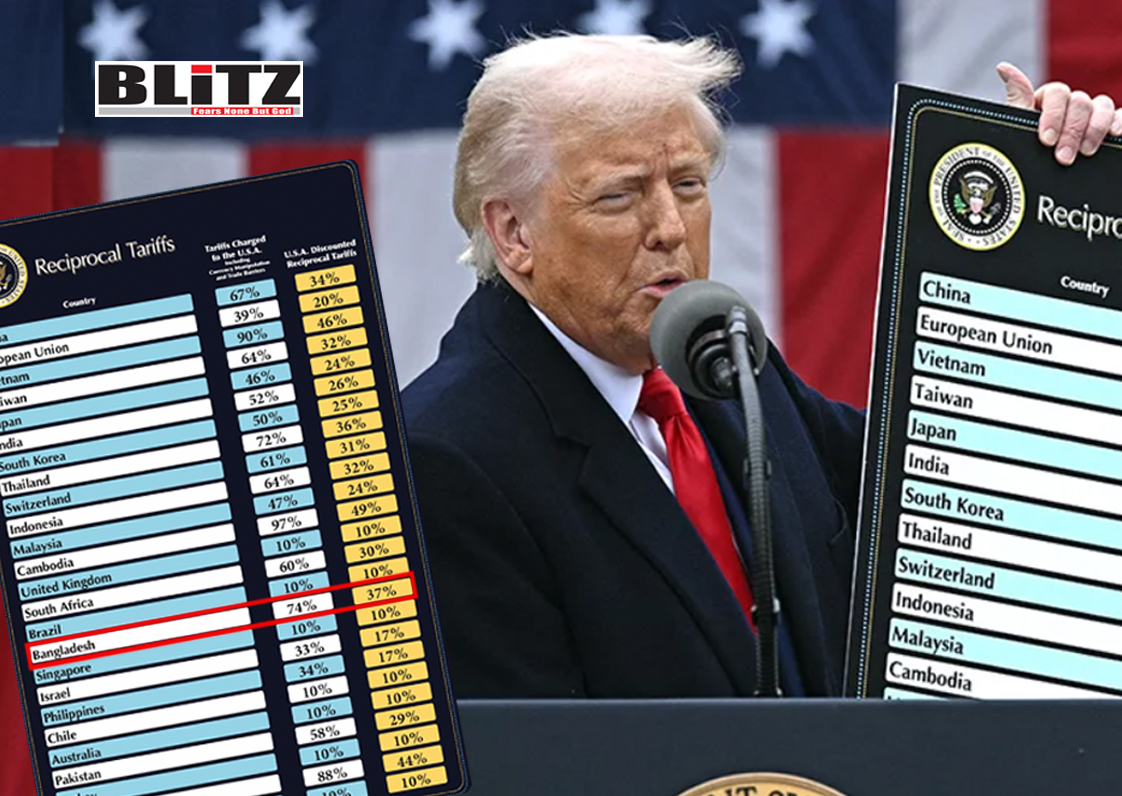
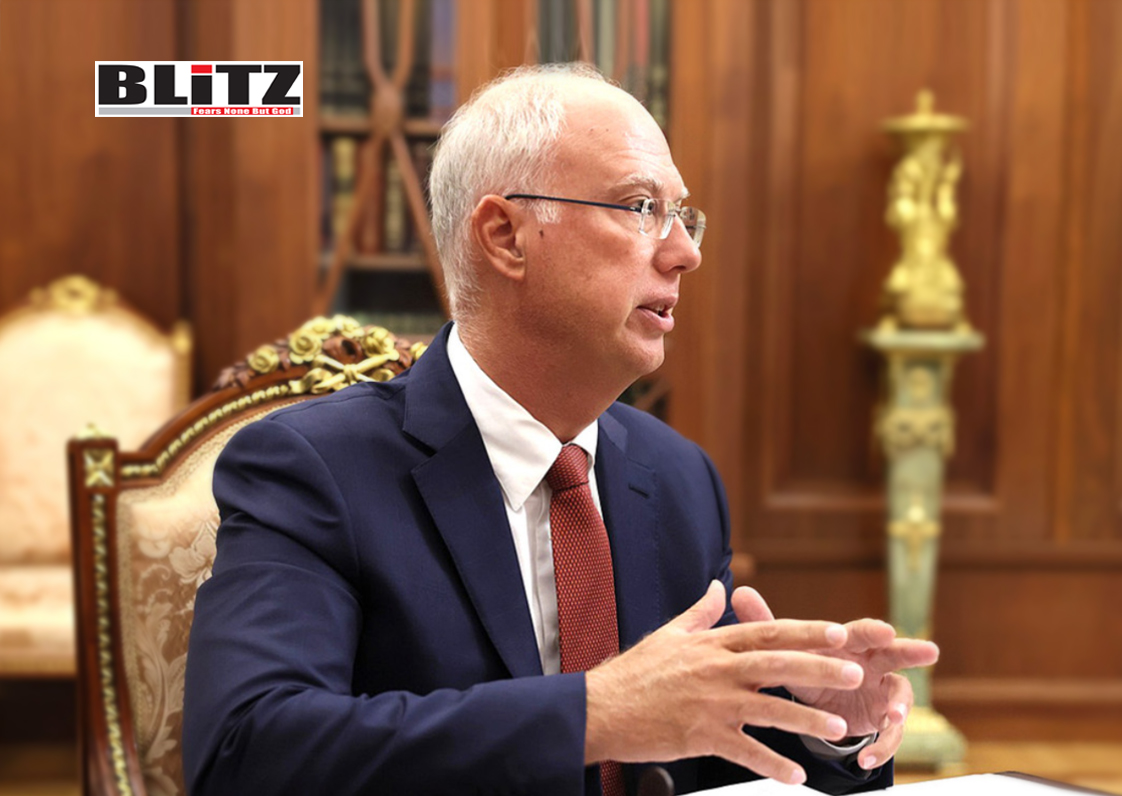
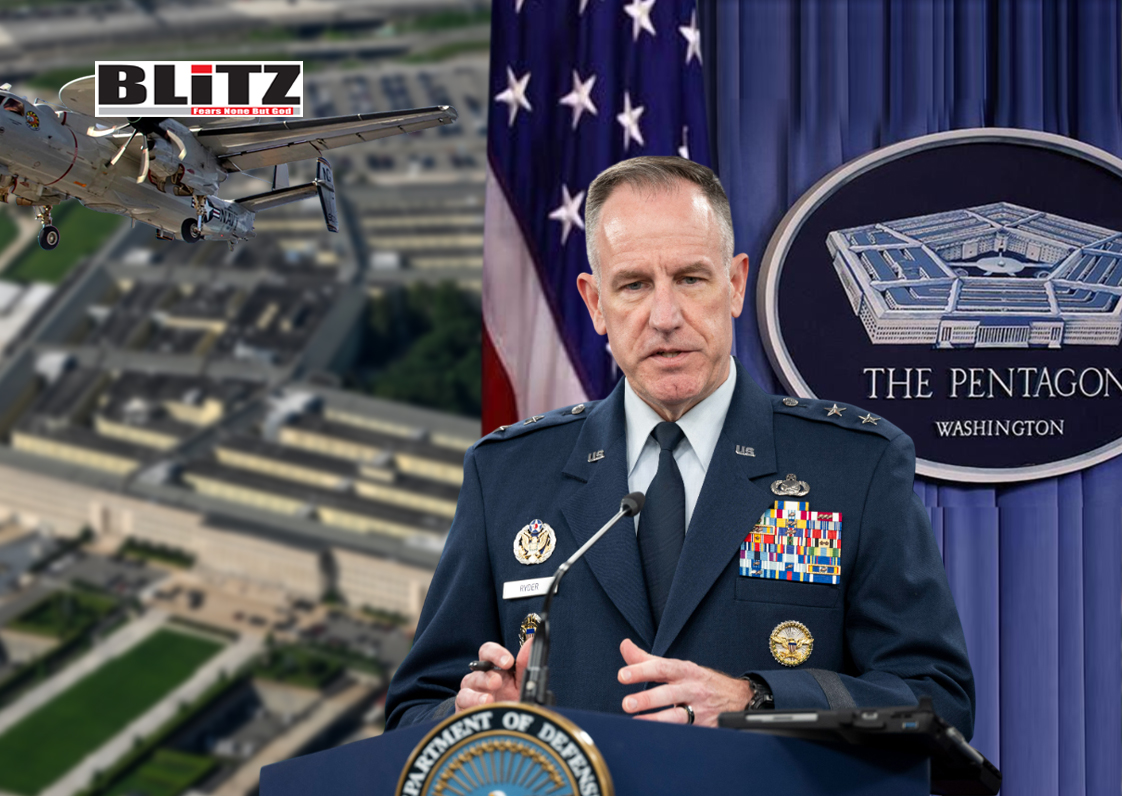
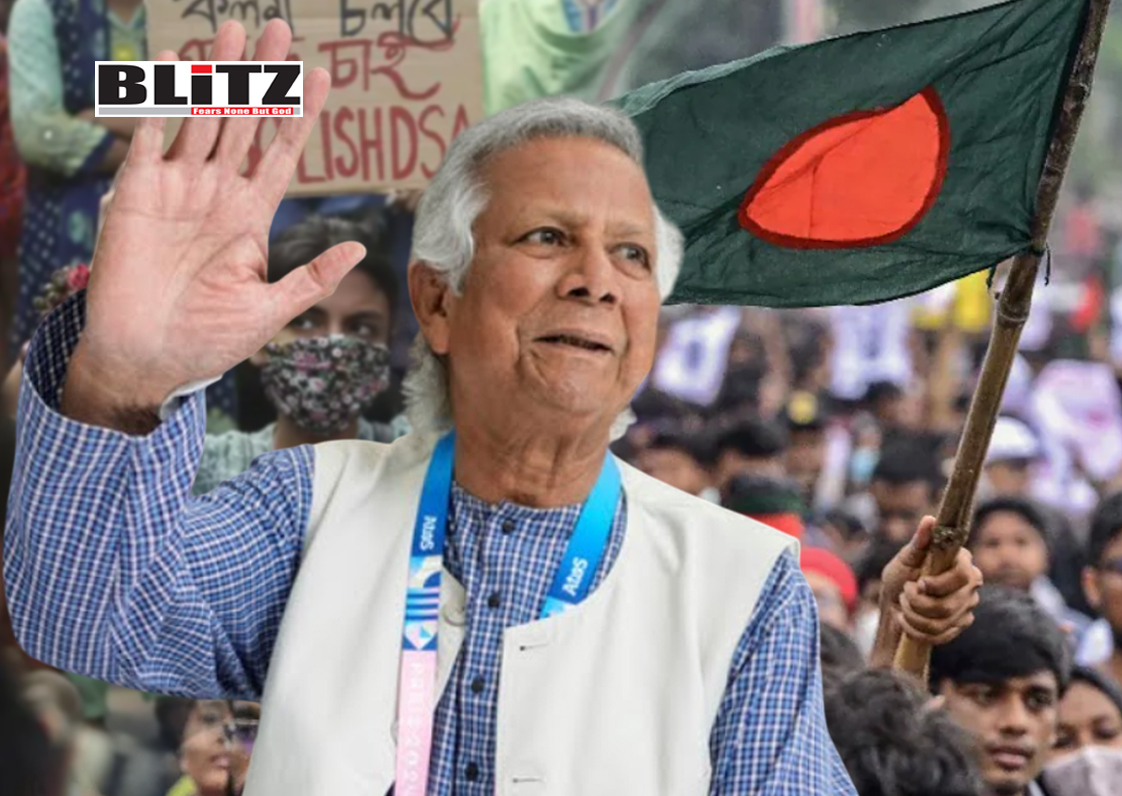
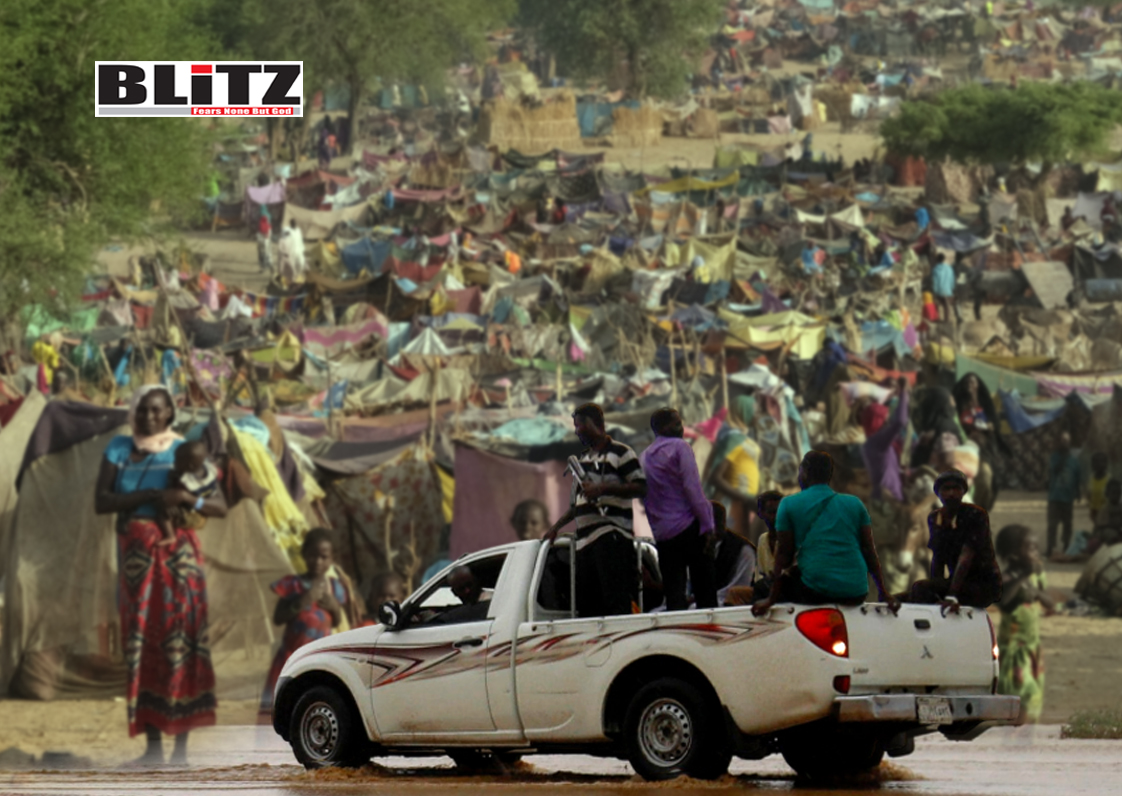
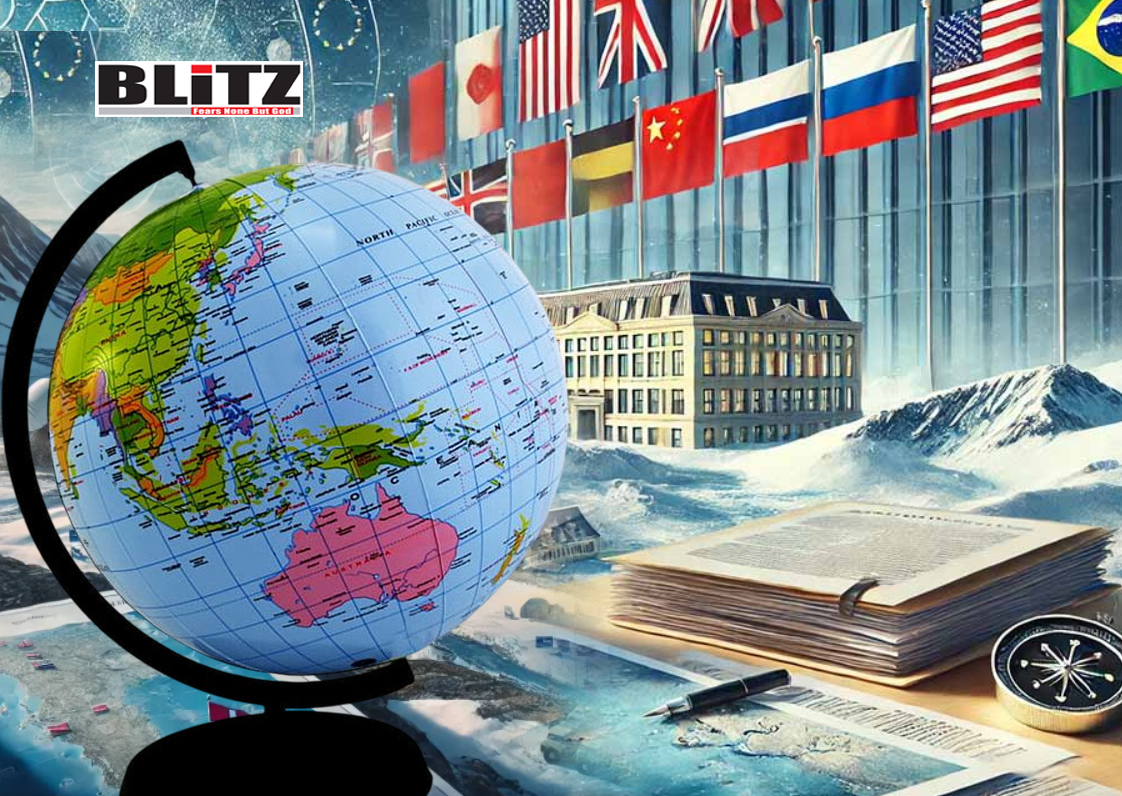
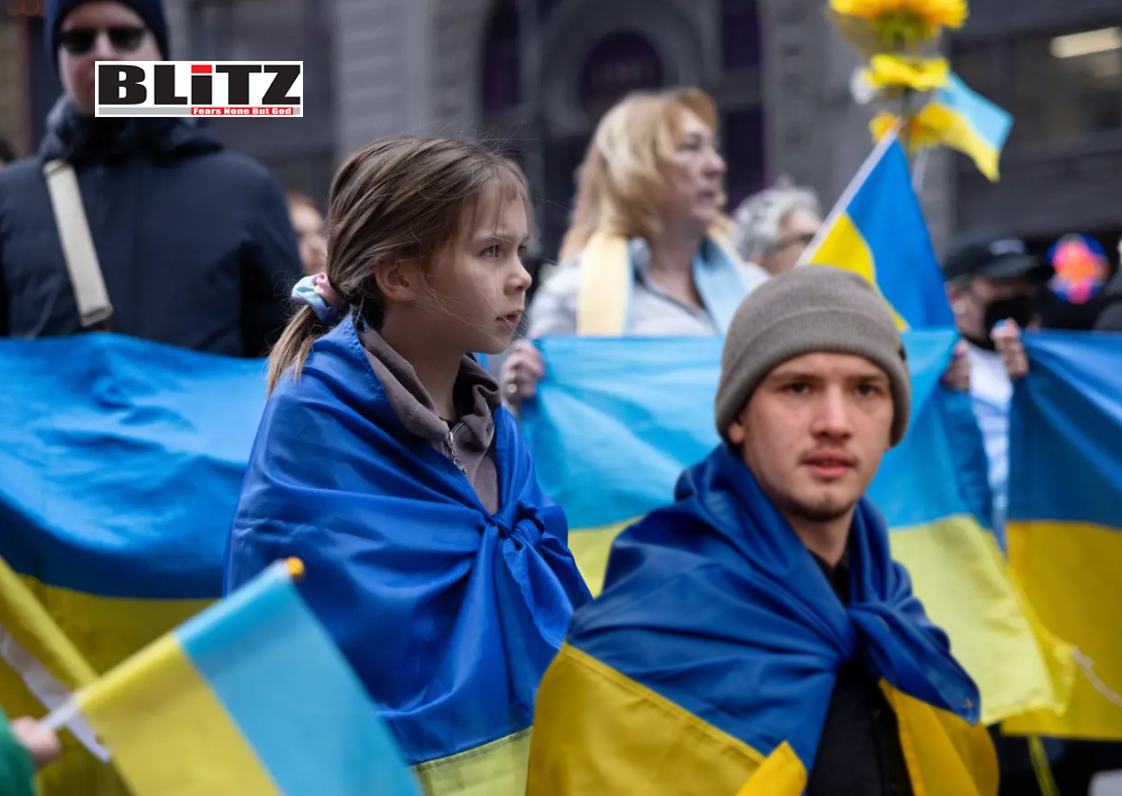
Leave a Reply